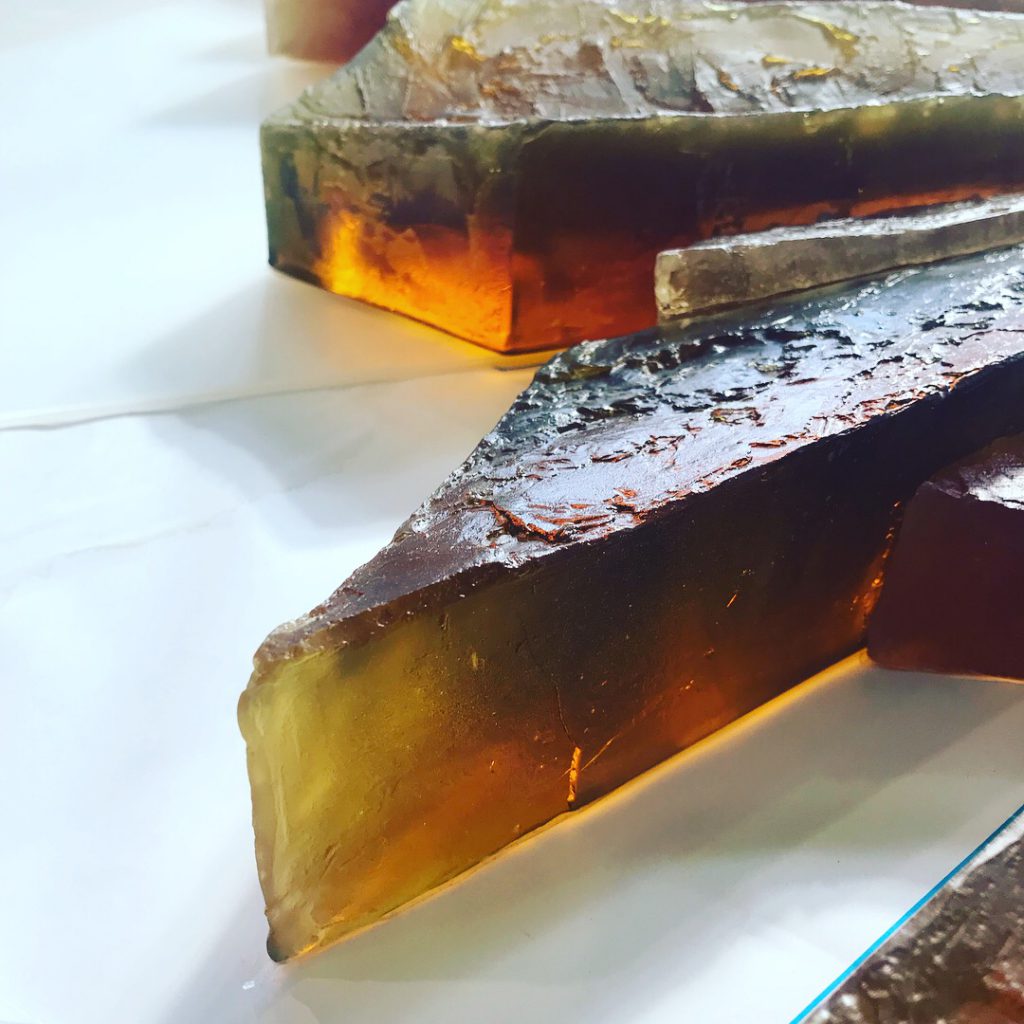A place to remember

Posted on
“Do not forget Australia”.
These words, emblazoned on banners and blackboards, are found in the French school at Villers-Bretonneux, a small village lying among green fields just south of the river Somme.
This Anzac Day marks the centenary of a battle so bravely fought that one British officer, Brigadier General Grogan, called the victory at Villers-Bretonneux “perhaps the greatest individual feat” of World War I.
In March 1918, the Germans launched a major attack on the strategic town of Amiens. Moving westward, they captured Villers-Bretonneux on 23 April. Fearing that the war would be lost, the British high command assigned the task of retaking Villers-Bretonneux to two Australian brigades.
The do-or-die counter assault commenced at 10 pm on 24 April. One German officer later wrote that the Australians “were magnificent, nothing seemed to stop them. When our fire was heaviest, they just disappeared in shell holes and came up as soon as it slackened”.
As the sun rose on 25 April, exactly three years to the day of the Gallipoli landing, the Australians recaptured Villers-Bretonneux, marking out a new front line and the end of the German ascendancy on the Somme.
A century has since past, but we continue to count the cost – 2,400 Australian casualties including 1,200 lives lost in this one battle.
And just as the local children of Villers-Bretonneux are schooled in the sacrifice made by Australians, we Australians will never forget Villers-Bretonneux.

Villers-Bretonneux, France – January 4, 2011: Australian National Memorial honouring Australian First World War veterans in Villers-Bretonneux, France
I have been a visitor to the village more than once. Last year, I retraced the steps of soldiers fighting the Somme and visited the magnificent memorial at Villers-Bretonneux Military Cemetery.
This pilgrimage was both parental and personal. My father was posted to Europe in the mid-1990s, and during that time was the Australian military attaché to southern Europe. Partly because of his four-decade long career in the military and partly because of his passion for military history, I have developed a very deep connection with this part of the world and the stories scratched into the surface of the land.
But on this trip, I was travelling with my children and the 70-strong Telopea Park School Band, who visited L’Ecole Victoria, named after the state that raised funds to rebuild it after the war.
The people of Villers-Bretonneux have never forgotten the Australians who helped them. Aside from the poignant banner, kangaroos, koalas and platypuses decorate the school hall. A brass plaque honours the “love and goodwill” between the two nations and remembers the 1,200 Australian soldiers “who gave their lives in the heroic recapture of this town”.
To mark the centenary of this act of bravery in battle, a new interpretive centre will open on Anzac Day. The Sir John Monash Centre, named after one of our most celebrated generals, is at the heart of the Australian Remembrance Trail connecting battlefield sites from Flanders to the Somme.
The interpretive centre complements the Sir Edwin Lutyens memorial, which opened in 1938, and shares the stories of more than 46,000 Australians who lost their lives on the Western Front.
The new semi-subterranean building – which was still a construction site when I visited last year – takes inspiration from the trenches that scarred the landscape around the Somme.
Leading out of the centre is a glass sculpture, also to be unveiled on Anzac Day, that was created by Canberra artist Lisa Cahill.

Canberra Glassworks and the Department of Veterans’ Affairs commissioned Lisa to make a glass sculpture inspired by Lutyens’ original interpretation of the “rising sun” symbol found on the Anzac Badge.
Lisa worked in cast glass, a process which she says “allows for the hand of the maker to be visible in the subtle textures and brush strokes”, and “reminds the viewer of the human sacrifice of war”.
The artwork, which sits between two panes of glass, is reminiscent of stained glass in a cathedral, Lisa explains.

Lisa Cahill
“It is only when you come closer that you notice the colour, textures and wonderful reflection on the doors behind. From inside, even in the low light, it is very bright and powerful. But when the clouds clear and the sun shines on it the crystal glows and it really comes alive.”
Lisa, who visited to install her artwork recently, says the Sir John Monash Centre is “beautifully conceived and executed”.
“As you enter the centre you walk down a passage that has wooden panes embedded in the concrete and World War I signs that make you feel like you are walking down into the trenches.”
Lisa’s sculpture is positioned in an “amazing spot” at the heart of the centre. “It’s the last thing that you see as you exit the centre, and it draws you out into the light, after the harrowing experience within the bunker”.
“I feel so honoured to have been chosen to create an artwork that pays tribute to the 46,000 Australians that lost their lives on the Western Front.”

Each year, Australians make their way to Villers-Bretonneux for Anzac Day, and join with locals who have never forgotten the Australian blood shed for French freedom. A new ‘place to remember’ will, as L’Ecole Victoria’s plaque entreats, ensure the “memory of great sacrifices in a common cause keep France and Australia together forever in bonds of friendship and mutual esteem”.



Leave a Reply
You must be logged in to post a comment.